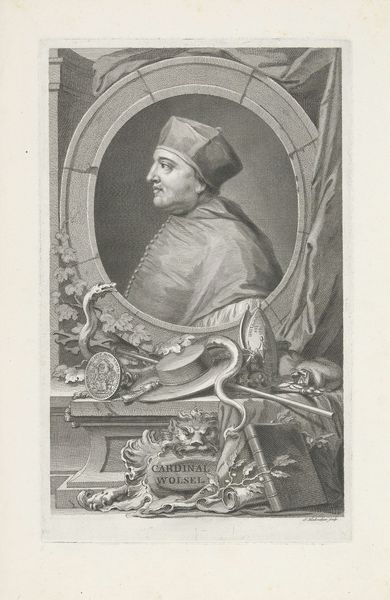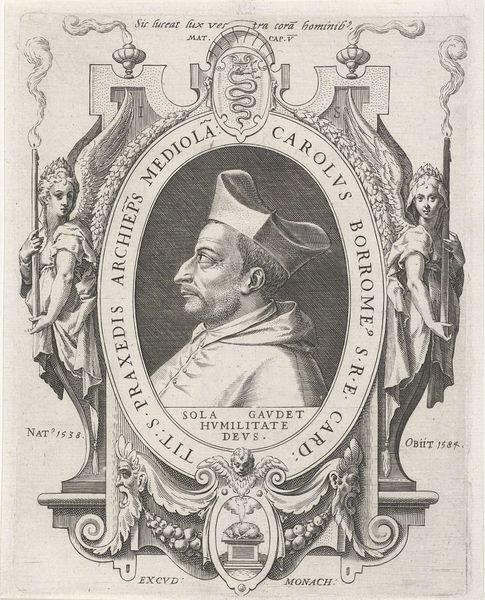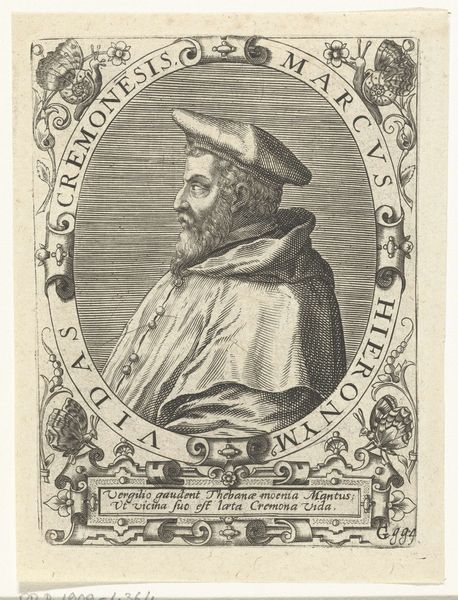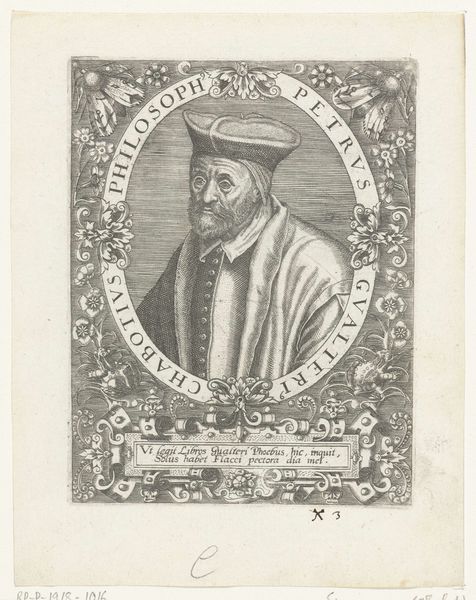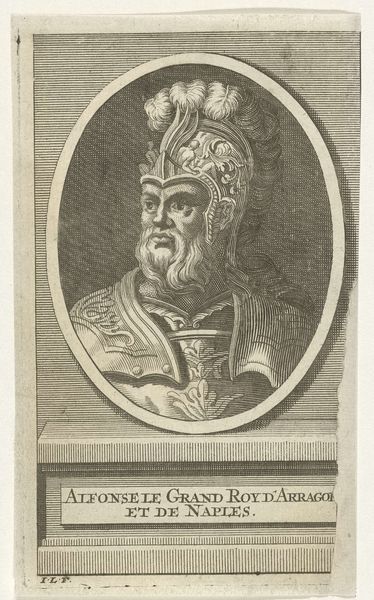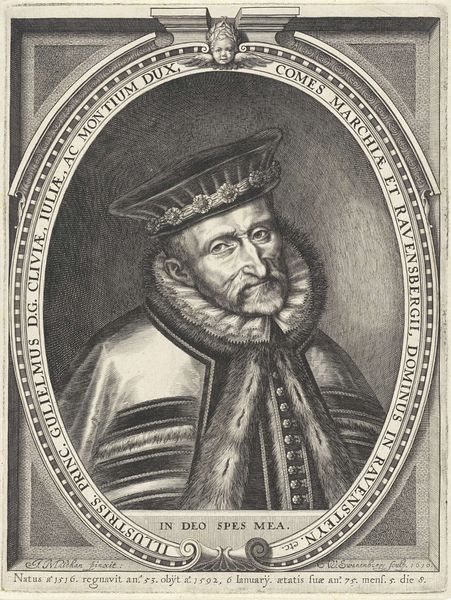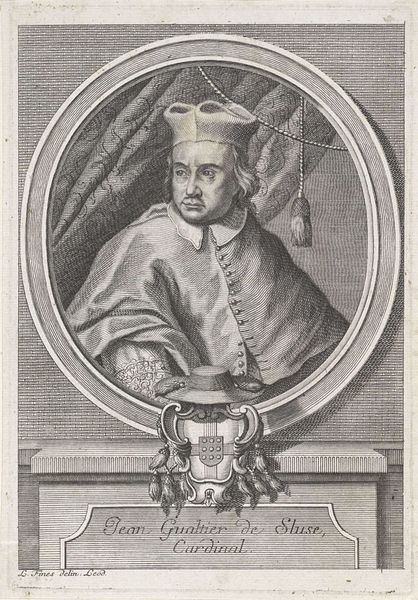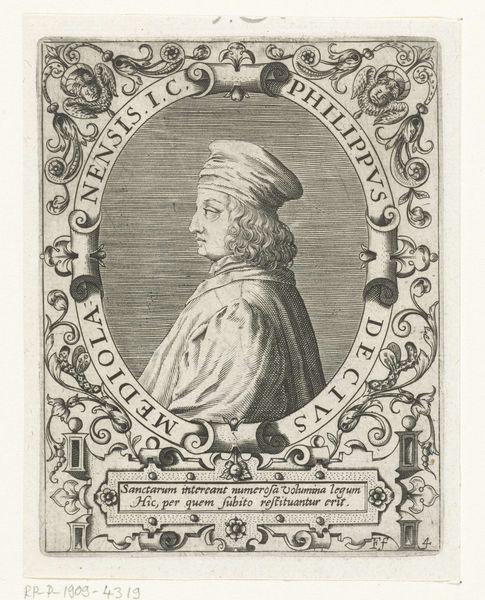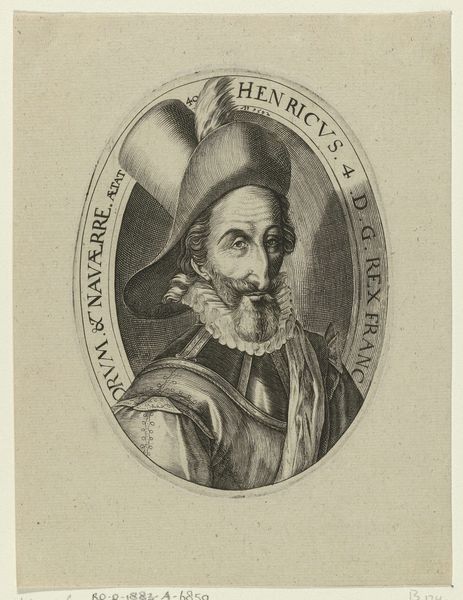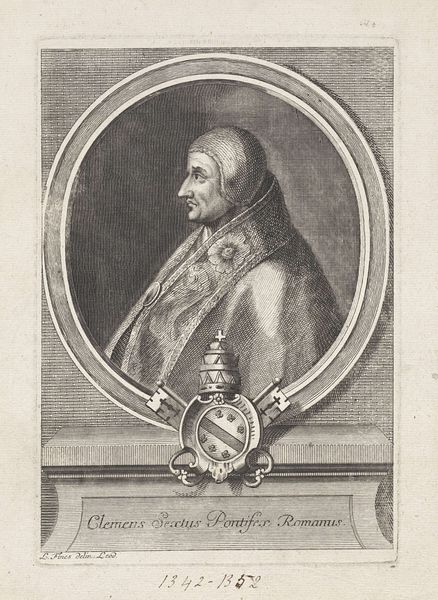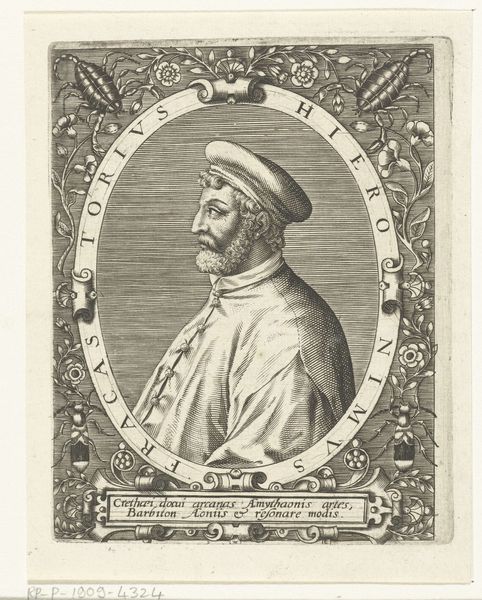
print, engraving
#
portrait
#
baroque
# print
#
old engraving style
#
history-painting
#
engraving
Dimensions: height 168 mm, width 117 mm
Copyright: Rijks Museum: Open Domain
Editor: So, this is Pieter de Jode the Younger's "Portret van paus Paulus V," an engraving from around 1628-1670. It feels… official, imposing. What stands out to you about it? Curator: Well, let's consider the context. We have a portrait of Pope Paul V, a figure of immense power in 17th-century Europe. The very act of creating and circulating this print was a political statement, a reinforcement of his authority. Think about who had access to such images, and what messages they conveyed. Who do you imagine was the target audience for such prints, and how might their understanding of power have influenced their reception of the artwork? Editor: I guess it was less about art appreciation and more about... projecting an image of power and legitimacy? I'm just struck by how stiff it feels compared to more expressive art. Curator: Precisely! And that stiffness is deliberate. Consider the artistic choices. The baroque style, while often associated with grandeur and dynamism, is here used to present a static, unyielding figure. The intricate details of his garments, the formality of the composition – all contribute to the construction of papal power. How do you see this image interacting with contemporary ideas of religious authority and political dominance? Editor: It feels very top-down. Like it’s meant to inspire obedience rather than connection. Curator: Exactly! It speaks volumes about the relationship between the church, its representation, and the people it governed. Recognizing that interplay—how art both reflects and shapes those dynamics—that’s where things get really interesting. What would it have meant for those outside of the immediate political structure to possess this image? Editor: It definitely gives me a lot to think about, especially concerning the power dynamics at play. Curator: Indeed. Art gives a platform to see how those with privilege and influence attempt to sculpt the perspectives of the masses and even how the same masses were able to take and sometimes pervert the messaging for their own goals. It challenges us to consider the narratives art constructs, and whose voices are amplified or suppressed as a result.
Comments
No comments
Be the first to comment and join the conversation on the ultimate creative platform.

